Editor: Adrian Linacre
Book Series: International Forensic Science and Investigation Series 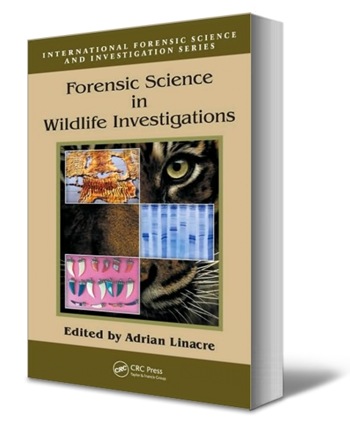 Forensic Science in Wildlife Investigations focuses on the developing test methods that can be applied to wildlife crimes. In large part, the tests described are drawn from human-based research. Edited by Adrian Linacre, a noted forensic researcher and one of the principal pioneers active in wildlife forensics, this volume collects the work of others working across the world with both plant and animal investigations.Demonstrating the latest methods through real-world case studies, this volume provides the direction and practical advice needed by legal and police professionals seeking to gain the evidence needed to prosecute wildlife crimes.
Forensic Science in Wildlife Investigations focuses on the developing test methods that can be applied to wildlife crimes. In large part, the tests described are drawn from human-based research. Edited by Adrian Linacre, a noted forensic researcher and one of the principal pioneers active in wildlife forensics, this volume collects the work of others working across the world with both plant and animal investigations.Demonstrating the latest methods through real-world case studies, this volume provides the direction and practical advice needed by legal and police professionals seeking to gain the evidence needed to prosecute wildlife crimes. ![]()
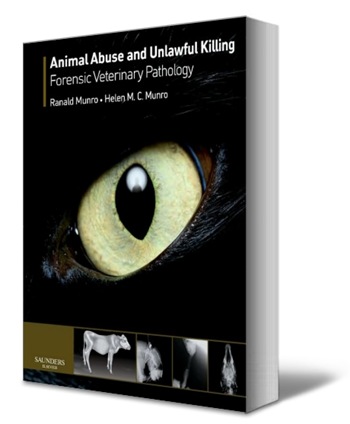 This book guides veterinarians and lawyers through the diverse and complex fields of alleged cruelty to, and unlawful killing of, companion animals, farm livestock and wildlife. It draws together current knowledge on how to approach, investigate and report forensic cases.Covers all aspects of the forensic post-mortem including cause and time of death
This book guides veterinarians and lawyers through the diverse and complex fields of alleged cruelty to, and unlawful killing of, companion animals, farm livestock and wildlife. It draws together current knowledge on how to approach, investigate and report forensic cases.Covers all aspects of the forensic post-mortem including cause and time of death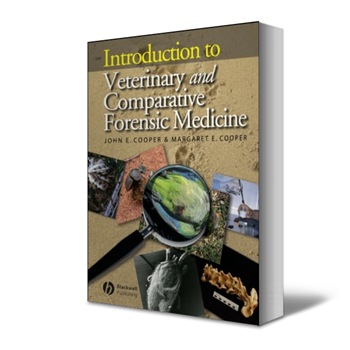 Introduction to Veterinary and Comparative Forensic Medicine is a ground-breaking book in an emerging new speciality. It reflects the increasing demand for expert opinion by veterinarians and others in courts of law. A particular feature is practical advice, with protocols on dealing with common problems, together with case studies, various appendices and an extensive bibliography. A vital reference for members of the veterinary profession, lawyers, enforcement bodies and welfare and conservation organizations.
Introduction to Veterinary and Comparative Forensic Medicine is a ground-breaking book in an emerging new speciality. It reflects the increasing demand for expert opinion by veterinarians and others in courts of law. A particular feature is practical advice, with protocols on dealing with common problems, together with case studies, various appendices and an extensive bibliography. A vital reference for members of the veterinary profession, lawyers, enforcement bodies and welfare and conservation organizations.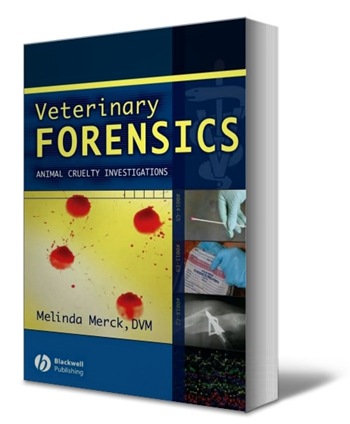 Veterinary Forensics is a practical reference for veterinarians, pathologists and investigators. Written by a leading expert in veterinary forensics, it provides the background and resources needed to work with animal abuse cases. The book offers detailed and clear direction on crime scene investigation, forensic testing and forensic pathology findings, as well as guidance on handling evidence and conducting evaluations that will hold up in court.
Veterinary Forensics is a practical reference for veterinarians, pathologists and investigators. Written by a leading expert in veterinary forensics, it provides the background and resources needed to work with animal abuse cases. The book offers detailed and clear direction on crime scene investigation, forensic testing and forensic pathology findings, as well as guidance on handling evidence and conducting evaluations that will hold up in court.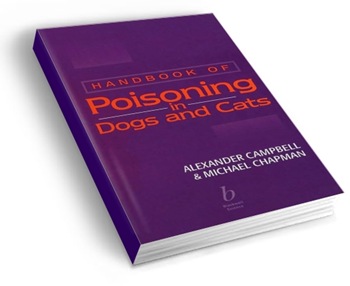 Quick-reference handbook to help veterinary clinicians and their staff manage cases of poisoning in dogs and cats. Each agent, or group of agents, has a separate chapter covering its effects in either the cat or dog. The chapters provide all the information necessary for the immediate management of a poisoning case.This handbook will help veterinary clinicians and their staff to manage cases of poisoning in dogs and cats. It will also help answer enquiries about potential poisonings received from concerned pet owners. The content has been compiled from over 15 000 past cases referred to the Veterinary Poisons Information Service - a 24-hour information service for veterinary surgeons. The VPIS experience is compared and contrasted with case data and reports from the literature to provide a comprehensive overview of both toxicity and management for the agents included.
Quick-reference handbook to help veterinary clinicians and their staff manage cases of poisoning in dogs and cats. Each agent, or group of agents, has a separate chapter covering its effects in either the cat or dog. The chapters provide all the information necessary for the immediate management of a poisoning case.This handbook will help veterinary clinicians and their staff to manage cases of poisoning in dogs and cats. It will also help answer enquiries about potential poisonings received from concerned pet owners. The content has been compiled from over 15 000 past cases referred to the Veterinary Poisons Information Service - a 24-hour information service for veterinary surgeons. The VPIS experience is compared and contrasted with case data and reports from the literature to provide a comprehensive overview of both toxicity and management for the agents included.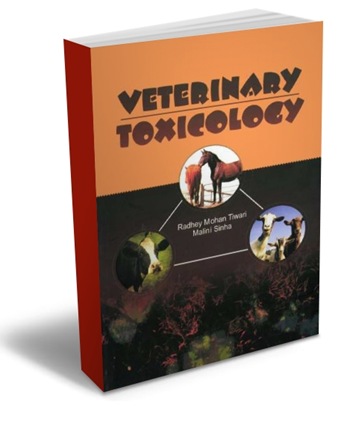 A vast number of substances potentially toxic to animals exist, including pesticides, household cleaning products, agricultural chemicals, automotive products, human prescription and non-prescription drugs, herbal remedies, and poisonous plants and animals. With such huge numbers of potential toxins, it is impossible foe veterinarians to be knowledgeable about all of them. But because some poisonings can cause illness or even death within only minutes to hours after exposure, immediate access to reliable information on diagnosis and treatment is essential. Often intoxications involve new drugs or chemical products for which very little or no published veterinary toxicity data is available.
A vast number of substances potentially toxic to animals exist, including pesticides, household cleaning products, agricultural chemicals, automotive products, human prescription and non-prescription drugs, herbal remedies, and poisonous plants and animals. With such huge numbers of potential toxins, it is impossible foe veterinarians to be knowledgeable about all of them. But because some poisonings can cause illness or even death within only minutes to hours after exposure, immediate access to reliable information on diagnosis and treatment is essential. Often intoxications involve new drugs or chemical products for which very little or no published veterinary toxicity data is available.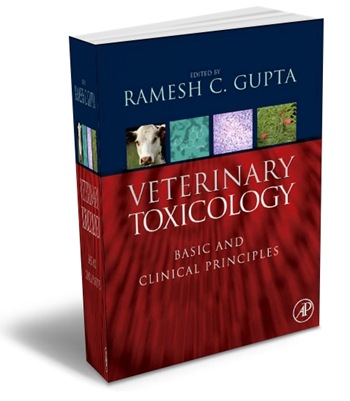 Veterinary Toxicology is a unique single reference that teaches the basic principles of veterinary toxicology to any student at the DVM, MS or PhD level and will continue to serve as a clinical reference for practicing veterinary toxicologists, poison control centers, marine biologists, environmentalists, and animal scientists. While most comparable texts are primarily directed toward the field of human toxicology, this is the one text needed to thoroughly prepare future veterinarians on the newest approaches for diagnosing poisoning cases in all animals from chemicals and plants of a diverse nature as a result of inadvertent, accidental, or malicious intents. Many chapters are provided on topics not covered in any previous books such as target organ toxicity, radiation and radioactive materials, FDA regulatory issues, and ethics in veterinary toxicology.
Veterinary Toxicology is a unique single reference that teaches the basic principles of veterinary toxicology to any student at the DVM, MS or PhD level and will continue to serve as a clinical reference for practicing veterinary toxicologists, poison control centers, marine biologists, environmentalists, and animal scientists. While most comparable texts are primarily directed toward the field of human toxicology, this is the one text needed to thoroughly prepare future veterinarians on the newest approaches for diagnosing poisoning cases in all animals from chemicals and plants of a diverse nature as a result of inadvertent, accidental, or malicious intents. Many chapters are provided on topics not covered in any previous books such as target organ toxicity, radiation and radioactive materials, FDA regulatory issues, and ethics in veterinary toxicology. 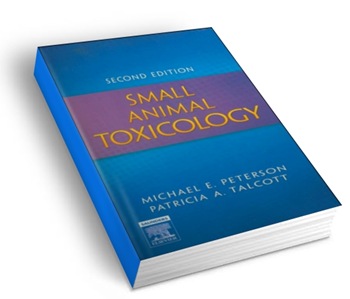
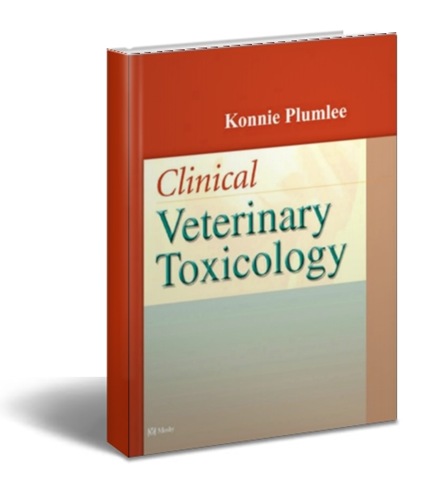
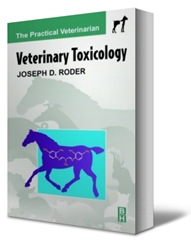 This concise review of clinically relevant toxins supplies you with vital information on the source, clinical signs, toxicity, mechanism of action, diagnosis, and treatment options most commonly encountered in veterinary practice. Organized alphabetically, this book is designed to enable you to locate quickly the vital information you need to diagnose and treat the animal. The final chapter includes practical information on collecting and storing samples, finding diagnostic laboratories to evaluate the toxic specimens, and interpreting the data.
This concise review of clinically relevant toxins supplies you with vital information on the source, clinical signs, toxicity, mechanism of action, diagnosis, and treatment options most commonly encountered in veterinary practice. Organized alphabetically, this book is designed to enable you to locate quickly the vital information you need to diagnose and treat the animal. The final chapter includes practical information on collecting and storing samples, finding diagnostic laboratories to evaluate the toxic specimens, and interpreting the data.